Of all the disaster films that exploded across cinema screens throughout the 1970s Irwin Allen’s The Towering Inferno is easily the most relatable with its building consumed by flames due to the hubris and stupidity of man, it’s practically Biblical, but where a small ensemble of big-name stars helped make The Poseidon Adventure a success why not triple that cast allotment and watch the money roll in.
The success of Irwin Allen’s 1972 disaster film The Poseidon Adventure resulted in 20th Century Fox and Warner Bros. getting into a bidding war over Richard Martin Stern’s disaster novel “The Tower,” which dealt with a fire during the grand opening of the brand-new skyscraper, but when Warner’s won that little war Fox got their hands on a competing novel “The Glass Inferno” by writers Thomas N. Scortia and Frank M. Robinson, which had very similar themes to Stern’s book, but then in a stroke of genius, Irwin Allen suggested that the two studios collaborate and use both books to make one movie. And to ensure it was a box office hit they would continue to use the template for the disaster movie that worked so well in Allen's previous disaster epic, where a variety of characters would be introduced before the disaster occurred and then we'd follow these people through various destruction set-pieces that would keep the audience guessing “Who will survive?”
Surprisingly enough, this dude survives.
Our cast of characters includes architect Doug Roberts (Paul Newman), who has not only returned to San Francisco for the grand opening of The Glass Tower but to also have nooner with his fiancée Susan Franklin (Faye Dunaway), then there is builder James Duncan (William Holden) who hopes to earn a contract with U.S. Senator Gary Parker (Robert Vaughan) for his countrywide urban renewal project, next we have Dan Bigelow (Robert Wagner) the building’s public relations officer, who is having an affair with his secretary (Susan Flannery), unfortunately, their romantic tryst ends in a fiery conflagration which proves only the lead actors are allowed to survive when it comes to having sex in this movie, and when the fire kicks into gear we are then introduced to Fire Chief Michael O'Halloran (Steve McQueen) and for the following two hours he and Paul Newman will fight both the fire and their egos.
“It says here right in my contract that I get the exact same number of lines as you!”
Up next we have a sweet aging con artist named Harlee Claiborne (Fred Astaire) who hopes to swindle rich and single Lisolette Muelle (Jennifer Jones) by selling her phoney stocks, but all he’ll end up with is her cat, then we have doomed electrical engineer Will Giddings (Norman Burton) who will be the first victim of the fire, then there is a deaf woman (Carol McEvoy) who due to her handicap and idiot kids fails to notice their place is filling with smoke, but lucky for the kids, Roberts and the building’s chief security officer (O.J. Simpson) are in time to pull their fat out of the fire. Finally, and most importantly, we have Roger Simmons (Richard Chamberlain) who is the son-in-law of James Duncan and it is his cost-cutting measures that resulted in the fire that will consume two hundred lives during this film’s two-hour and forty-four-minute running time.
“Honey, what are the odds of me making it out of this picture alive?”
But that is just a smattering of characters who populate Irwin Allen’s firey epic – look for a young Dabney Coleman popping up near the end as Deputy Chief who outlines the plan to save everyone’s life – but such a star-studded cast is nothing more than a marketing ploy because the real star of this film is the raging fire and the dozens of stuntmen who risked their lives to bring this disaster film to the big screen, but where the film fails is in that aforementioned running time, which is absolutely not justified nor the “plot” doesn’t have that same sense of urgency The Poseidon Adventure had, which itself was under two hours in length. While this movie has some spectacular set-pieces I rarely got the sense that anyone was in actual danger, aside from the stuntmen who are the true stars of this film, and watching The Towering Inferno one will have to admit that the practical effects work on display here are truly impressive, unparalleled at the time. It should be noted that with no CGI to create fake flames, this was clearly a very hot set, and the script did manage to create a tense more or two but as I didn’t really give a damn about most of these characters, Fred Astaire’s charming two-bit con man notwithstanding, most of these people were nothing more than two-dimensional cannon fodder, and this caused many supposedly dramatic scenes to lose a bit of their impact.
Jennifer Jones falling to her death was the closest this film got to triggering an emotion.
Stray Observations:
• The fire is started when an electrical junction box explodes open next to gallons of paint thinner and dozens of cans of spray paint, it’s as if someone wanted a fire to start because that kind of laziness and or neglect is tantamount to arson.
• Electrical engineer Will Giddings points out “Do you know we haven’t even finished installing the safety equipment?” and that “The party should have been postponed” but as there are already people living in the building doesn’t that mean that they are breaking the law by not having the proper safety equipment in place?
• The film’s biggest step away from reality is when the Fire Chief tells Duncan that he can continue having the party by moving it to a floor below the fire which is something no Fire Chief would ever do as a complete evacuation of the building would be mandatory in this situation, but a movie’s got to movie.
• An instrumental version of the song "The Morning After" from The Poseidon Adventure can be heard in the background in certain scenes.
• Both “The Tower” and “The Glass Inferno” were inspired by the construction of the World Trade Centre and a few years after this film director John Guillermin would deal with a different kind of threat to a skyscraper in his remake of King Kong.
• Robert Wagner drapes a wet towel over his head before running into the fire, but the towel immediately bursts into flames and I have to ask, “Did he soak it in kerosene instead of water?”
The ridiculousness of this scene has to be seen to be believed.
As disaster films go, The Towering Inferno was more a stunt spectacular show than a movie, its plot thinner than a discount bread slice, and while the effects team provided some hugely impressive displays of a building engulfed by a raging fire this was harmed by the fact that the actors were given was less than awe-inspiring dialogue or character development. The off-screen rivalry between actors Paul Newman and Steve McQueen seemed like a more tense and titillating story than one about a burning building full of rich assholes, and sure, I’m being a bit harsh here but aside from this movie being a testament to how brave actual firemen are there really isn’t much to offer the casual viewer, and this is coming from a disaster movie junkie. While there is always an element of kitschy fun to be had from these kinds of pictures The Towering Inferno is basically a retread of The Poseidon Adventure, and it even ends with the cast being drenched by cascading rivers of water, but even a cast of Oscar calibre actors were unable to make this thing kindle my soul or get me invested in their plight.
In conclusion, this movie is a collection of really impressive stunts and fiery action in a script overstuffed with characters and situations you had to work hard to care about, and its nearly three-hour bloated run time sucked most if any of the tension that the premise was trying to provide. It should be noted that The Towering Inferno was a box office smash back in the day, and is considered by many to be one of the best entries of the 70s disaster genre, while I found it to be a bit of a slog to get through and not as fun to watch as it was when I first saw back in 1974, when I was eight-years-old, proving the adage that not all things age well over time.
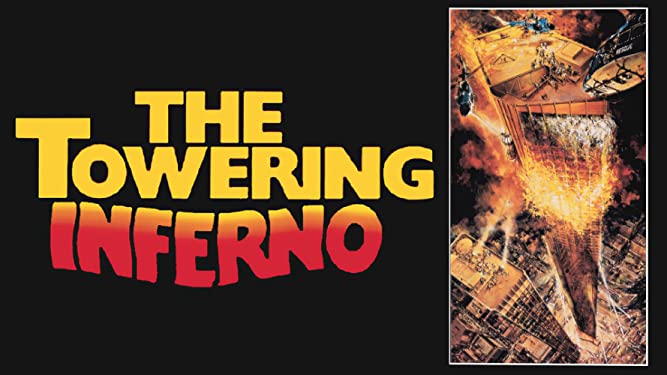
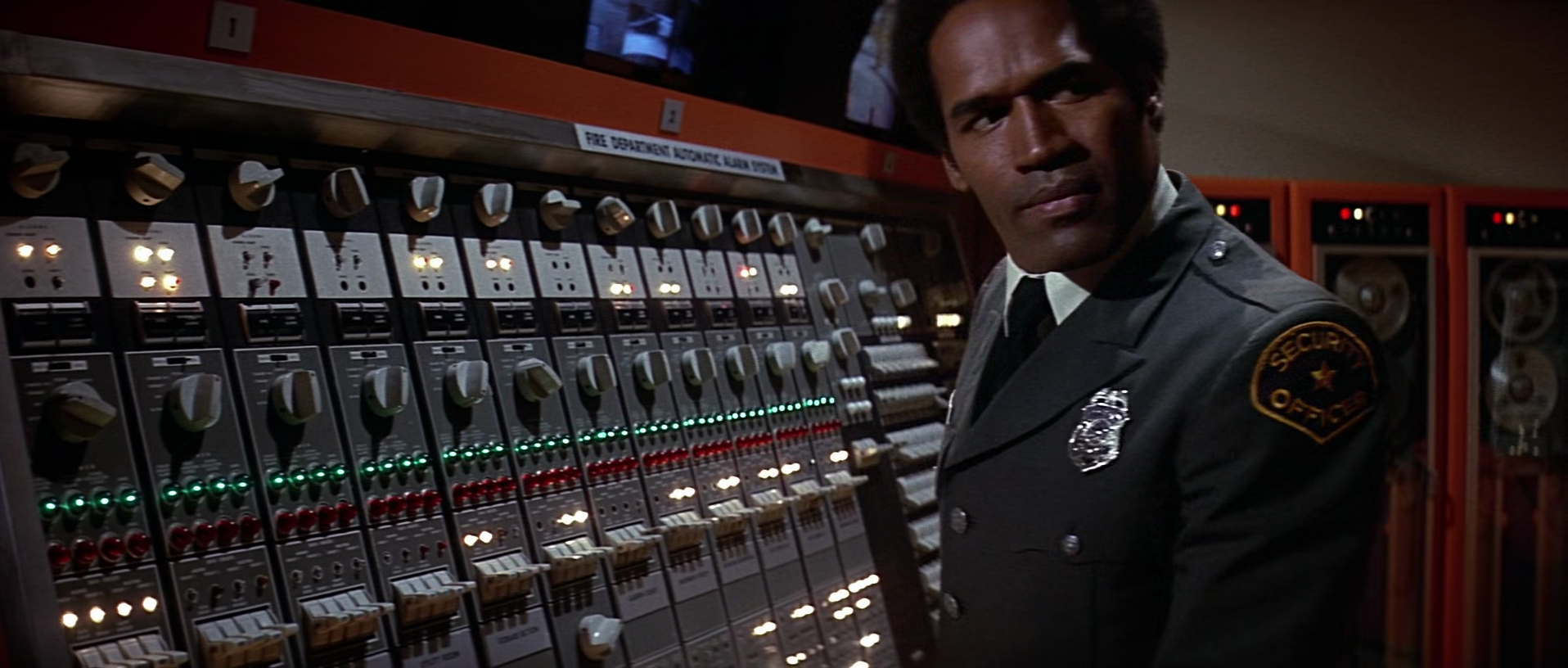
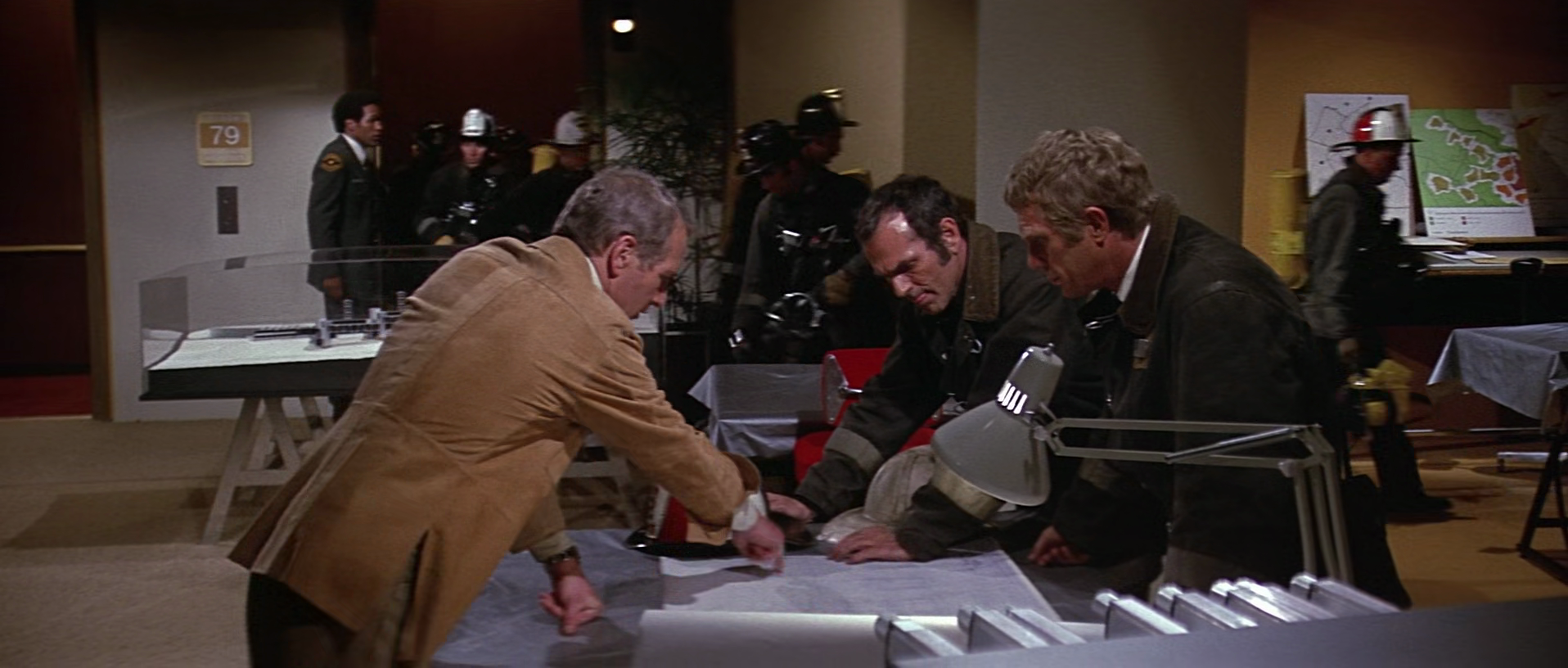
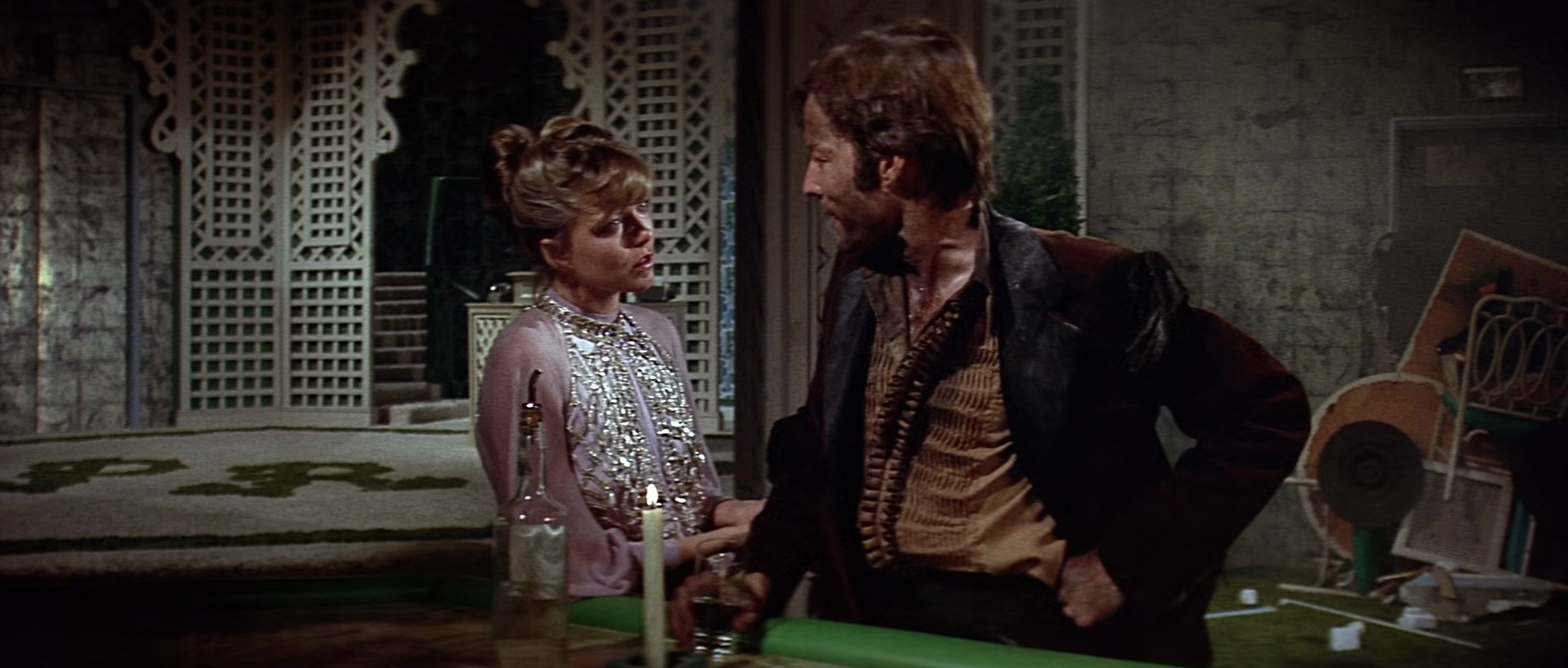
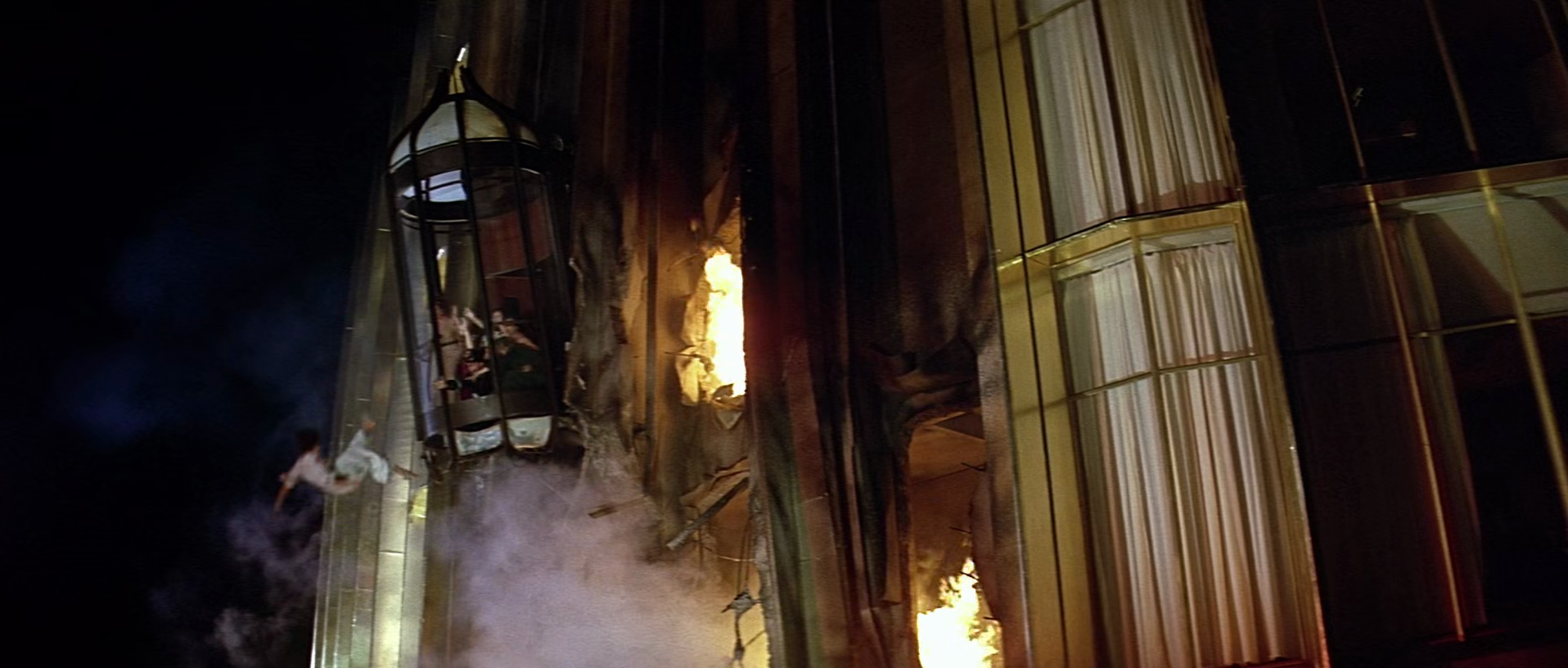
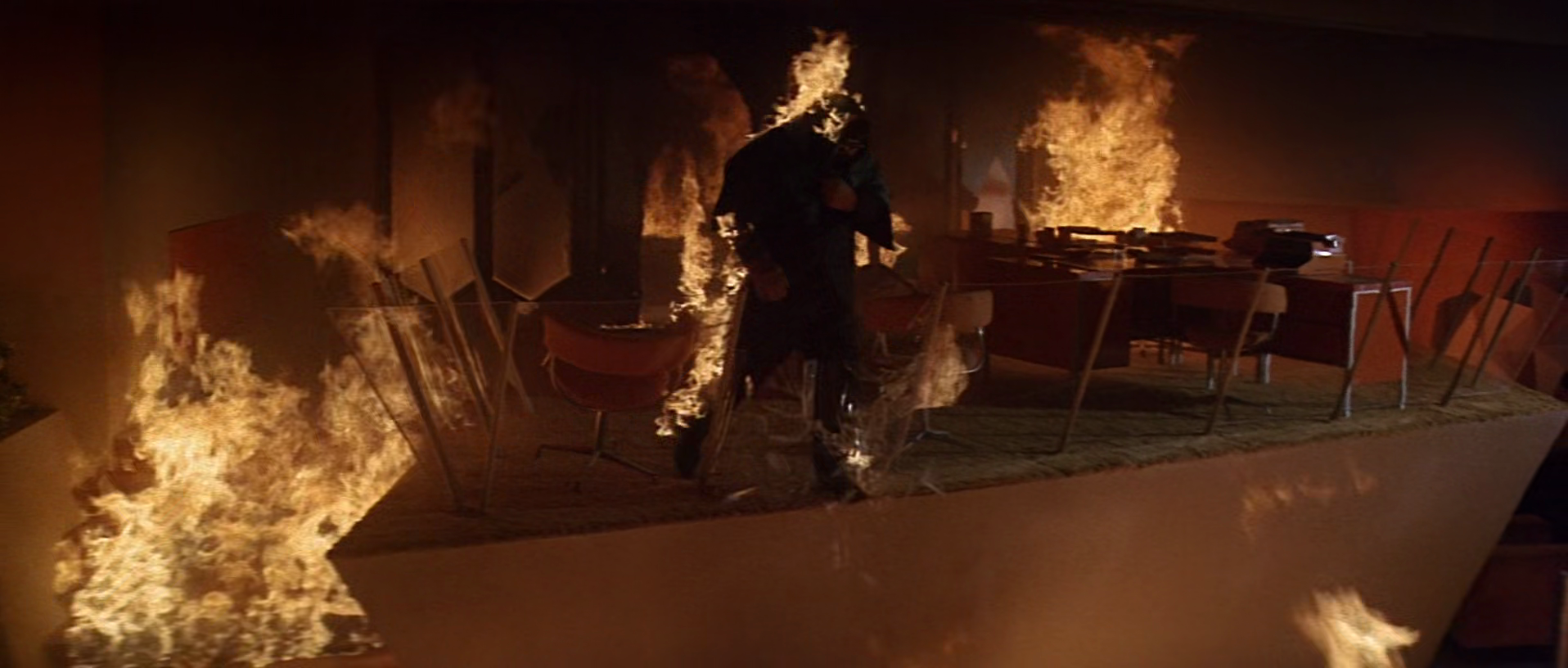
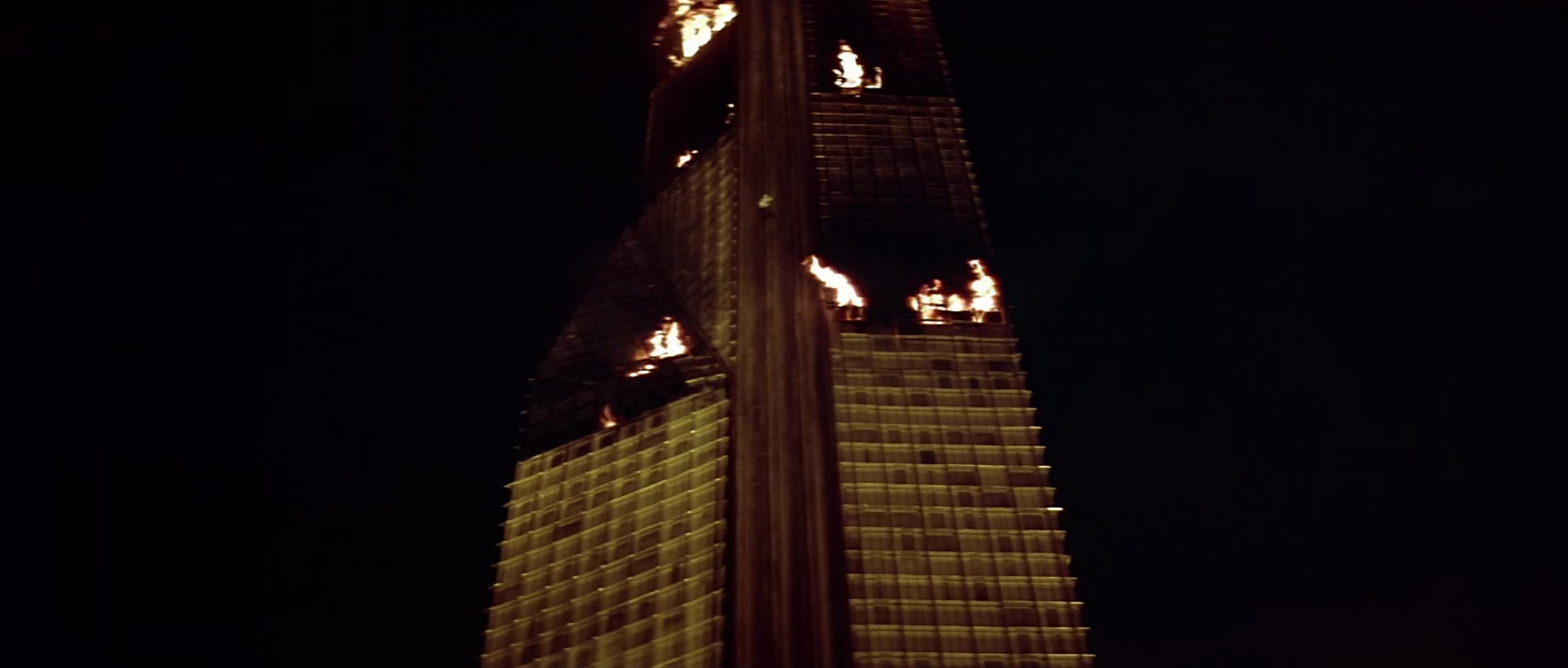

No comments:
Post a Comment